Samples could help answer critical questions about the Sargassum belt
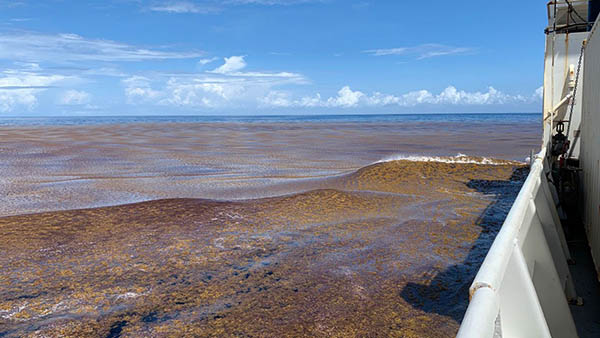
Scientists aboard a U.S. research vessel in the tropical Atlantic are taking advantage of the ship’s long-planned path through the Great Atlantic Sargassum Belt to take some of the first samples from a massive, ongoing bloom.
This opportunistic sampling is taking place on the National Oceanic and Atmospheric Administration (NOAA) ship, which set sail from Port Suape, Brazil on March 6 as part of the Global Ocean Ship-based Hydrographic Investigations Program (GO-SHIP), funded by both NOAA and the National Science Foundation. The Sargassum sampling illustrates how scientists aboard research vessels can quickly respond to oceanographic phenomena of widespread societal importance in real time.
“This has been a great way to leverage the measurements we were already making in the region,” said Ellen Park, a graduate student who authored a blog on the team’s efforts.
Researchers from Woods Hole Oceanographic Institution (WHOI), the University of South Florida and Florida Atlantic University are collaboratively tracking the Sargassum belt from satellite observations and analyzing these opportunistic samples, with the goal of studying the distribution of different species of Sargassum and measuring their elemental composition to better understand their origin. The nutrient supply feeding these blooms remains enigmatic, and hypothesized sources include upwelling/mixing, atmospheric deposition and river runoff. These samples can help answer some of these critical questions.
In 2011, researchers first observed abnormally large accumulations of Sargassum in the tropical Atlantic Ocean, Caribbean and the Gulf of Mexico, the blooms have gotten worse – with substantial economic costs associated with coastal inundation. While the algae support birds and sea life in the open ocean, it can have adverse impacts on environmentally and economically important ecosystems when they reach the shore. As it starts to decay, Sargassum emits hydrogen sulfide fumes that impact human health.
Follow the Advocate on Twitter @GSA_Advocate
Now that you've reached the end of the article ...
… please consider supporting GSA’s mission to advance responsible seafood practices through education, advocacy and third-party assurances. The Advocate aims to document the evolution of responsible seafood practices and share the expansive knowledge of our vast network of contributors.
By becoming a Global Seafood Alliance member, you’re ensuring that all of the pre-competitive work we do through member benefits, resources and events can continue. Individual membership costs just $50 a year.
Not a GSA member? Join us.
Author
-
Responsible Seafood Advocate
[103,114,111,46,100,111,111,102,97,101,115,108,97,98,111,108,103,64,114,111,116,105,100,101]
Tagged With
Related Posts
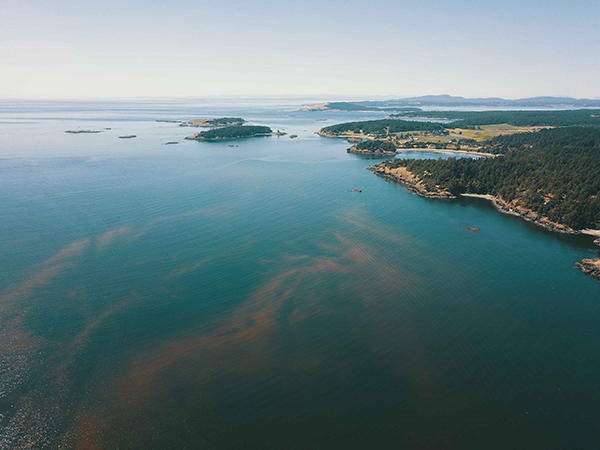
Health & Welfare
Grant to fund training for tackling harmful algal blooms
A new training program is being developed to help UK seafood producers detect and report harmful algal blooms in open coastal waters.
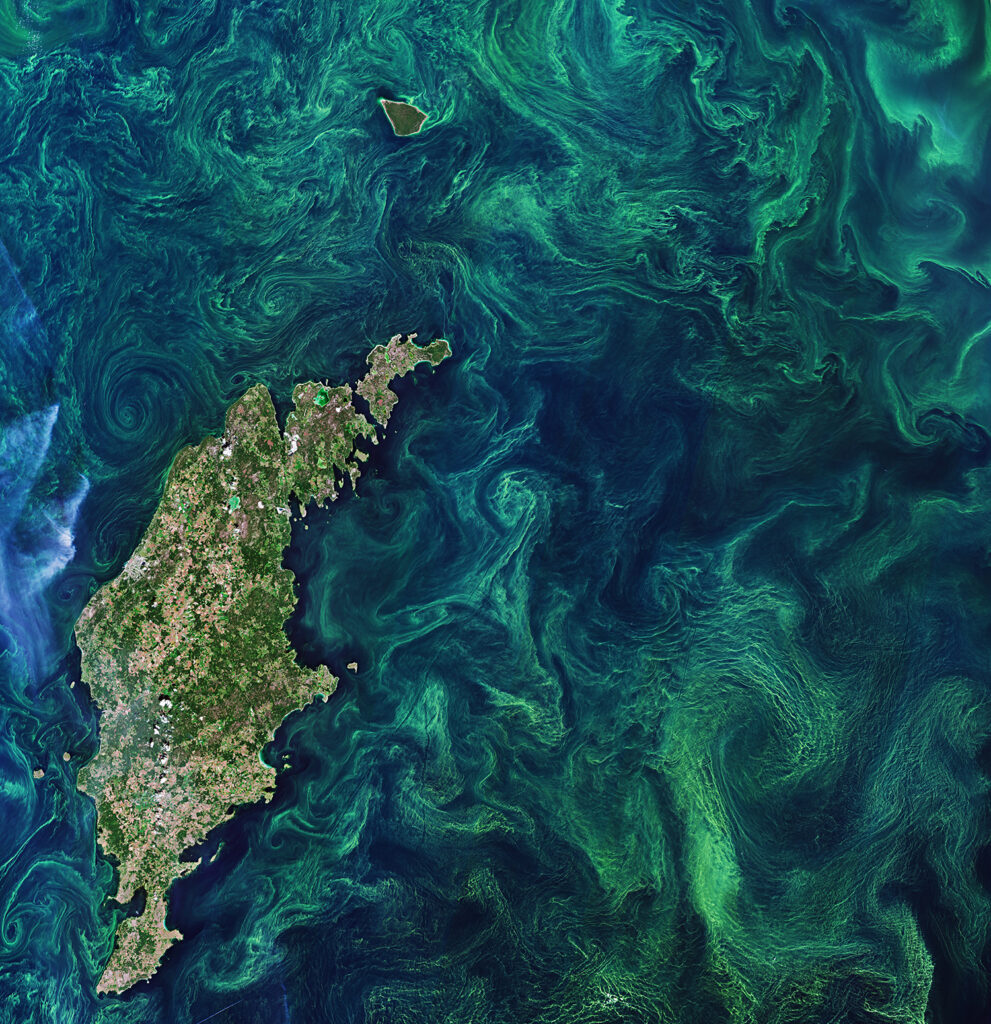
Innovation & Investment
NOAA helps fund the launch of harmful algal bloom control center
NOAA awarded $7.5 million to launch a technology incubator with a mandate to “advance innovative ways to control harmful algal blooms."
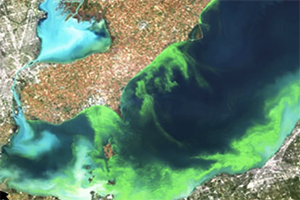
Intelligence
Can machine learning using climatic pattern data help predict harmful algal blooms earlier?
Study shows that a novel machine-learning approach using global climatic patterns can improve seasonal prediction of harmful algal blooms.
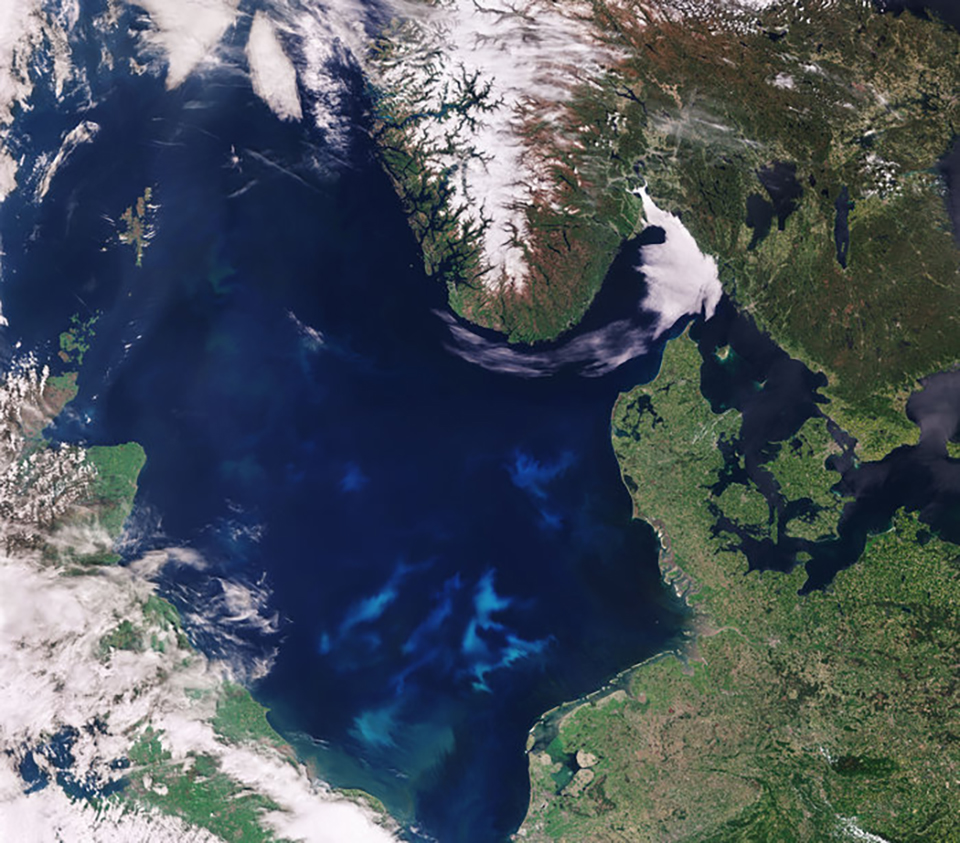
Responsibility
NOAA invests millions to take on harmful algal blooms
The National Oceanic and Atmospheric Administration announced $15.2 million in funding to research harmful algal blooms throughout U.S. coastal and Great Lakes waters.



